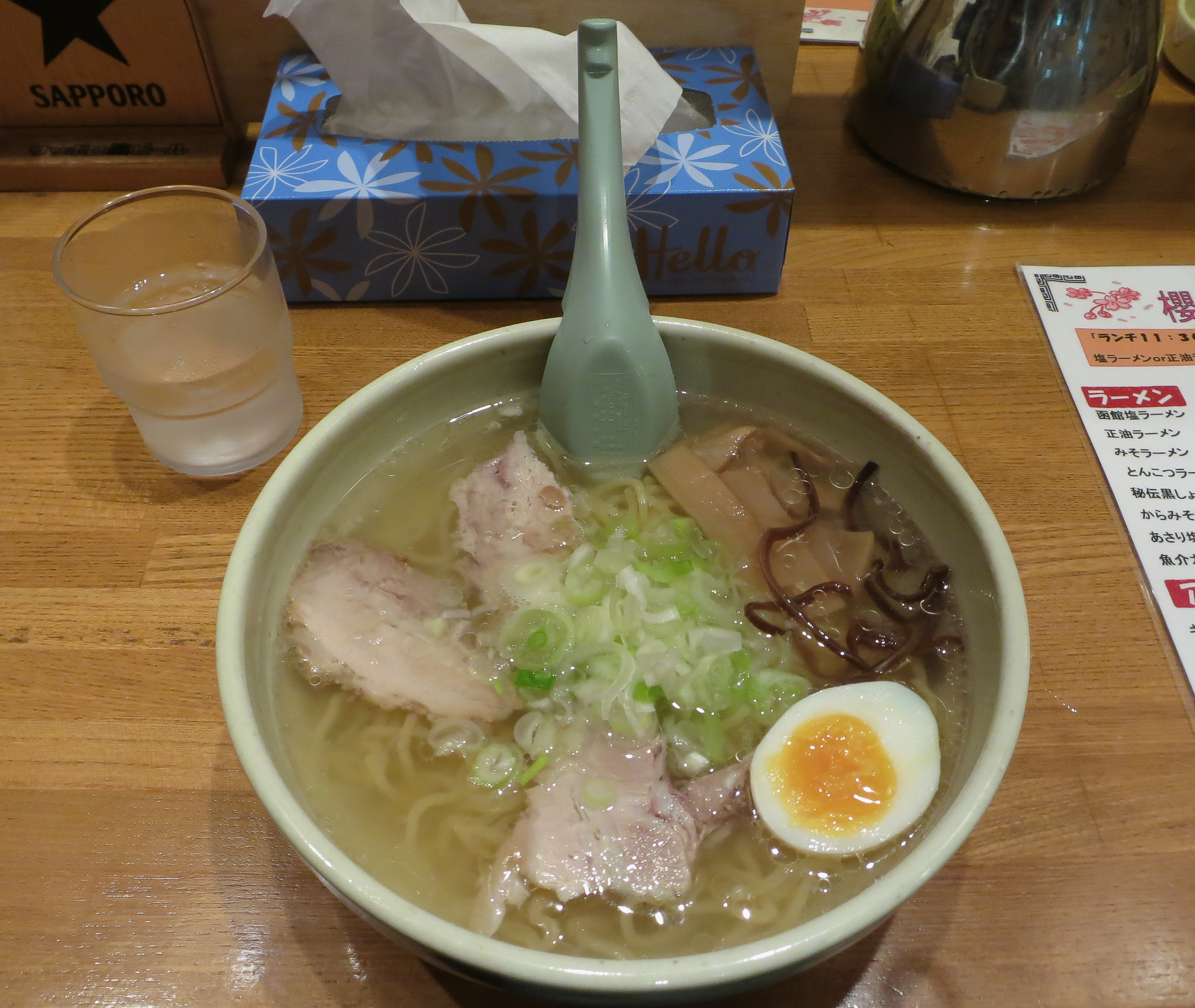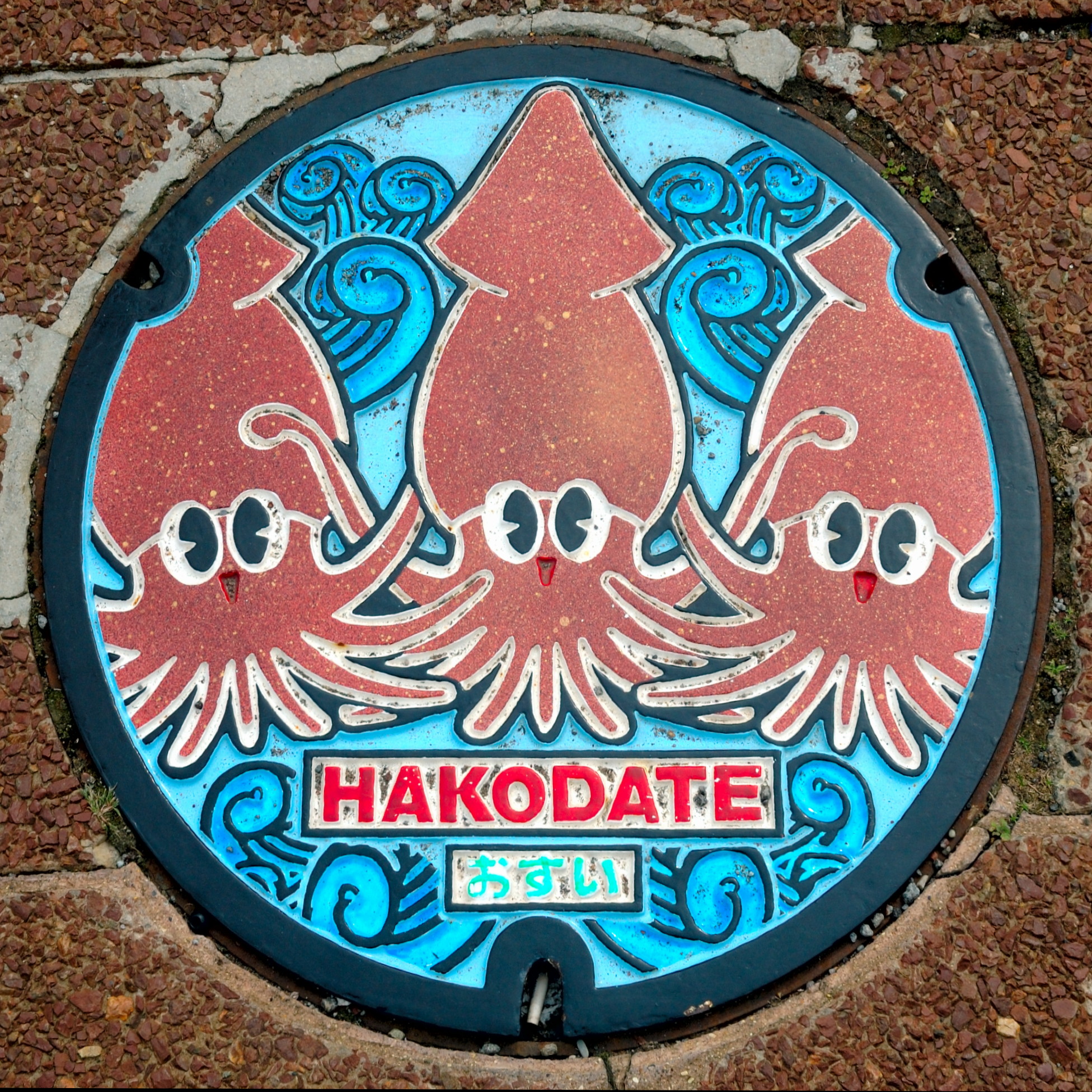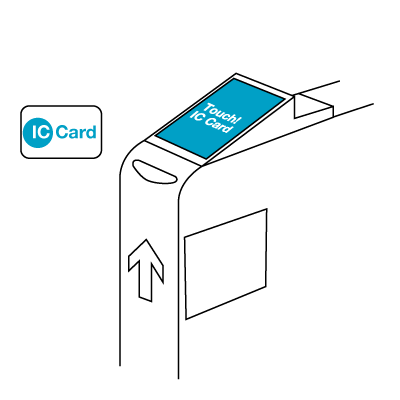|
Hakodate City Transportation Bureau
The is a public transport authority in Hakodate, Hokkaido, Hakodate, Japan. The bureau currently operates only trams, although until 2003 it also ran a number of bus routes. The , a private horsecar operating company, opened Hakodate's first tramway line in 1897. The network was electrified in 1913. Following several changes of ownership, the Hakodate City Government finally took over control of the lines in 1943. Hakodate City Tram There were once twelve routes operating on six lines with a total length of 17.9 km. However, declining ridership led to closure of parts of the network in 1978, 1992, and 1993. The current network consists of two routes operating on four lines with a total length of 10.9 km. *Lines: Officially, there are four lines: **Hakodate City Tram Main Line, Main Line (本線): Hakodate-Dokku-mae — Jūjigai — Hakodate-Ekimae **Hakodate City Tram Yunokawa Line, Yunokawa Line (湯の川線): Matsukazechō — Yunokawa **Hakodate City ... [...More Info...] [...Related Items...] OR: [Wikipedia] [Google] [Baidu] |
Public Transport
Public transport (also known as public transportation, public transit, mass transit, or simply transit) is a system of transport for passengers by group travel systems available for use by the general public unlike private transport, typically managed on a schedule, operated on established routes, and that charge a posted fee for each trip. There is no rigid definition; the ''Encyclopædia Britannica'' specifies that public transportation is within urban areas, and air travel is often not thought of when discussing public transport—dictionaries use wording like "buses, trains, etc." Examples of public transport include Public transport bus service, city buses, trolleybuses, trams (or light rail) and Passenger rail transport, passenger trains, rapid transit (metro/subway/underground, etc.) and ferry, ferries. Public transport between cities is dominated by airlines, intercity bus service, coaches, and intercity rail. High-speed rail networks are being developed in many parts ... [...More Info...] [...Related Items...] OR: [Wikipedia] [Google] [Baidu] |
Hakodate, Hokkaido
is a city and port located in Oshima Subprefecture, Hokkaido, Japan. It is the capital city of Oshima Subprefecture. As of July 31, 2011, the city has an estimated population of 279,851 with 143,221 households, and a population density of 412.83 persons per km2 (1,069.2 persons per sq. mi.). The total area is . The city is the third biggest in Hokkaido after Sapporo and Asahikawa. History Hakodate was Japan's first city whose port was opened to foreign trade in 1854, as a result of Convention of Kanagawa, and used to be the most important port in northern Japan. Also, the city had been the biggest city in Hokkaido before the Great Hakodate Fire of 1934. Pre-Meiji restoration Hakodate (like much of other parts of Hokkaido), was originally populated by the Ainu. They lived in the Oshima Peninsula. The name "Hakodate" may have originated from an Ainu word, "hak-casi" ("shallow fort"). Another possibility is that it means "box" or "building" in Japanese which refers to the castl ... [...More Info...] [...Related Items...] OR: [Wikipedia] [Google] [Baidu] |
Horsecar
A horsecar, horse-drawn tram, horse-drawn streetcar (U.S.), or horse-drawn railway (historical), is an animal-powered (usually horse) tram or streetcar. Summary The horse-drawn tram (horsecar) was an early form of public rail transport, which developed out of industrial haulage routes that had long been in existence, and from the omnibus routes that first ran on public streets in the 1820s{{{citation needed, date=February 2022, using the newly improved iron or steel rail or ' tramway'. They were local versions of the stagecoach lines and picked up and dropped off passengers on a regular route, without the need to be pre-hired. Horsecars on tramlines were an improvement over the omnibus, because the low rolling resistance of metal wheels on iron or steel rails (usually grooved from 1852 on) allowed the animals to haul a greater load for a given effort than the omnibus, and gave a smoother ride. The horse-drawn streetcar combined the low cost, flexibility, and safety of an ... [...More Info...] [...Related Items...] OR: [Wikipedia] [Google] [Baidu] |
Hakodate City Tram Main Line
is a city and port located in Oshima Subprefecture, Hokkaido, Japan. It is the capital city of Oshima Subprefecture. As of July 31, 2011, the city has an estimated population of 279,851 with 143,221 households, and a population density of 412.83 persons per km2 (1,069.2 persons per sq. mi.). The total area is . The city is the third biggest in Hokkaido after Sapporo and Asahikawa. History Hakodate was Japan's first city whose port was opened to foreign trade in 1854, as a result of Convention of Kanagawa, and used to be the most important port in northern Japan. Also, the city had been the biggest city in Hokkaido before the Great Hakodate Fire of 1934. Pre-Meiji restoration Hakodate (like much of other parts of Hokkaido), was originally populated by the Ainu. They lived in the Oshima Peninsula. The name "Hakodate" may have originated from an Ainu word, "hak-casi" ("shallow fort"). Another possibility is that it means "box" or "building" in Japanese which refers to t ... [...More Info...] [...Related Items...] OR: [Wikipedia] [Google] [Baidu] |
Hakodate City Tram Yunokawa Line
is a city and port located in Oshima Subprefecture, Hokkaido, Japan. It is the capital city of Oshima Subprefecture. As of July 31, 2011, the city has an estimated population of 279,851 with 143,221 households, and a population density of 412.83 persons per km2 (1,069.2 persons per sq. mi.). The total area is . The city is the third biggest in Hokkaido after Sapporo and Asahikawa. History Hakodate was Japan's first city whose port was opened to foreign trade in 1854, as a result of Convention of Kanagawa, and used to be the most important port in northern Japan. Also, the city had been the biggest city in Hokkaido before the Great Hakodate Fire of 1934. Pre-Meiji restoration Hakodate (like much of other parts of Hokkaido), was originally populated by the Ainu. They lived in the Oshima Peninsula. The name "Hakodate" may have originated from an Ainu word, "hak-casi" ("shallow fort"). Another possibility is that it means "box" or "building" in Japanese which refers to the castle ... [...More Info...] [...Related Items...] OR: [Wikipedia] [Google] [Baidu] |
Hakodate City Horai-Yachigashira Line
is a city and port located in Oshima Subprefecture, Hokkaido, Japan. It is the capital city of Oshima Subprefecture. As of July 31, 2011, the city has an estimated population of 279,851 with 143,221 households, and a population density of 412.83 persons per km2 (1,069.2 persons per sq. mi.). The total area is . The city is the third biggest in Hokkaido after Sapporo and Asahikawa. History Hakodate was Japan's first city whose port was opened to foreign trade in 1854, as a result of Convention of Kanagawa, and used to be the most important port in northern Japan. Also, the city had been the biggest city in Hokkaido before the Great Hakodate Fire of 1934. Pre-Meiji restoration Hakodate (like much of other parts of Hokkaido), was originally populated by the Ainu. They lived in the Oshima Peninsula. The name "Hakodate" may have originated from an Ainu word, "hak-casi" ("shallow fort"). Another possibility is that it means "box" or "building" in Japanese which refers to the castle ... [...More Info...] [...Related Items...] OR: [Wikipedia] [Google] [Baidu] |
Hakodate City Tram Omori Line
is a city and port located in Oshima Subprefecture, Hokkaido, Japan. It is the capital city of Oshima Subprefecture. As of July 31, 2011, the city has an estimated population of 279,851 with 143,221 households, and a population density of 412.83 persons per km2 (1,069.2 persons per sq. mi.). The total area is . The city is the third biggest in Hokkaido after Sapporo and Asahikawa. History Hakodate was Japan's first city whose port was opened to foreign trade in 1854, as a result of Convention of Kanagawa, and used to be the most important port in northern Japan. Also, the city had been the biggest city in Hokkaido before the Great Hakodate Fire of 1934. Pre-Meiji restoration Hakodate (like much of other parts of Hokkaido), was originally populated by the Ainu. They lived in the Oshima Peninsula. The name "Hakodate" may have originated from an Ainu word, "hak-casi" ("shallow fort"). Another possibility is that it means "box" or "building" in Japanese which refers to the castle ... [...More Info...] [...Related Items...] OR: [Wikipedia] [Google] [Baidu] |
Hakodate City Tram Route 2
is a city and port located in Oshima Subprefecture, Hokkaido, Japan. It is the capital city of Oshima Subprefecture. As of July 31, 2011, the city has an estimated population of 279,851 with 143,221 households, and a population density of 412.83 persons per km2 (1,069.2 persons per sq. mi.). The total area is . The city is the third biggest in Hokkaido after Sapporo and Asahikawa. History Hakodate was Japan's first city whose port was opened to foreign trade in 1854, as a result of Convention of Kanagawa, and used to be the most important port in northern Japan. Also, the city had been the biggest city in Hokkaido before the Great Hakodate Fire of 1934. Pre-Meiji restoration Hakodate (like much of other parts of Hokkaido), was originally populated by the Ainu. They lived in the Oshima Peninsula. The name "Hakodate" may have originated from an Ainu word, "hak-casi" ("shallow fort"). Another possibility is that it means "box" or "building" in Japanese which refers to the castle ... [...More Info...] [...Related Items...] OR: [Wikipedia] [Google] [Baidu] |
Hakodate City Tram Route 5
is a city and port located in Oshima Subprefecture, Hokkaido, Japan. It is the capital city of Oshima Subprefecture. As of July 31, 2011, the city has an estimated population of 279,851 with 143,221 households, and a population density of 412.83 persons per km2 (1,069.2 persons per sq. mi.). The total area is . The city is the third biggest in Hokkaido after Sapporo and Asahikawa. History Hakodate was Japan's first city whose port was opened to foreign trade in 1854, as a result of Convention of Kanagawa, and used to be the most important port in northern Japan. Also, the city had been the biggest city in Hokkaido before the Great Hakodate Fire of 1934. Pre-Meiji restoration Hakodate (like much of other parts of Hokkaido), was originally populated by the Ainu. They lived in the Oshima Peninsula. The name "Hakodate" may have originated from an Ainu word, "hak-casi" ("shallow fort"). Another possibility is that it means "box" or "building" in Japanese which refers to the castle ... [...More Info...] [...Related Items...] OR: [Wikipedia] [Google] [Baidu] |
Nimoca
Nimoka, stylized as , is a rechargeable contactless smart card ticketing system for public transport in Fukuoka Prefecture, Japan. Nishi-Nippon Railroad (Nishitetsu) introduced the system on May 18, 2008. Its name is an acronym of "nice money card", while in Japanese means "also," as the card is usable ''also'' on buses, ''also'' on trains, ''also'' for shopping, etc. Like other electronic fare collection systems in Japan, the card uses FeliCa, RFID technology developed by Sony. On March 13, 2010, nimoca was interoperated with two similar cards in Fukuoka— SUGOCA from Kyūshū Railway Company (JR Kyūshū) and Hayakaken from Fukuoka City Transportation Bureau—plus Suica, a card used in Greater Tokyo Area by East Japan Railway Company (JR East). The card features a ferret as the official mascot. Usable area ''As of March 2011'' *Buses: **Nishitetsu Group: All local bus lines, and some highway bus lines. **Showa Bus: All local bus lines in Fukuoka Prefecture and some express ... [...More Info...] [...Related Items...] OR: [Wikipedia] [Google] [Baidu] |






